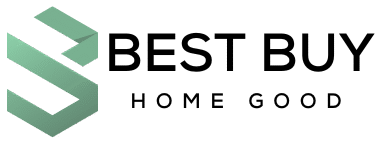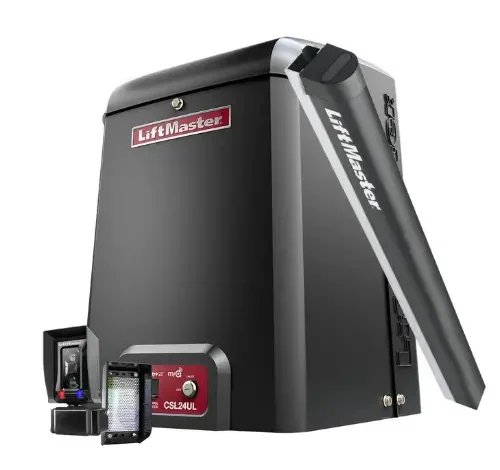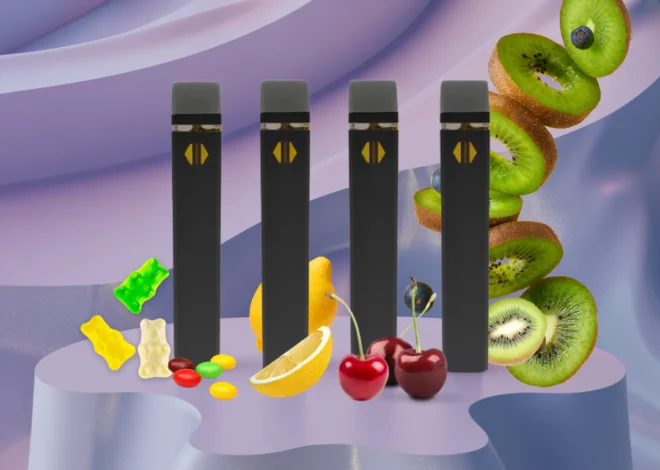
What an HIV Risk Report Can Reveal About Your Health Choices
Your health choices—from condom use to substance habits—shape your HIV risk more than you might realize. An HIV risk report, generated through a structured assessment, acts as a mirror, reflecting how daily decisions impact your vulnerability. By decoding this report, you gain clarity on which behaviors amplify or mitigate risk, empowering you to align actions with long-term well-being.
1. Uncovering Hidden Risk Patterns
Many assume “low risk” means safety, but an HIV risk report often exposes blind spots. For example:
- A user who reports “occasional unprotected sex” might discover their risk is 10x higher than someone using condoms consistently.
- Someone who shares drug paraphernalia might see a stark warning about needle-related transmission—even if they don’t inject drugs themselves.
These revelations aren’t meant to scare but to illuminate: small, repeated choices (or omissions) compound over time. The report translates intuition into data, proving that “one time” or “just a little” can carry outsized consequences.
2. Highlighting Prevention Gaps
Prevention isn’t one-size-fits-all, and an HIV risk report pinpoints where your strategy falls short. Consider:
- Condom Use: The report might show that inconsistent use with multiple partners raises risk to “high”—even if you think you’re “mostly safe.”
- Partner Communication: If you’ve never discussed HIV status or viral load with a partner, the report could flag this as a critical gap.
- PrEP/TasP Awareness: Many don’t realize PrEP (pre-exposure prophylaxis) reduces risk by 99% for HIV-negative people, or that TasP (treatment as prevention) makes transmission nearly impossible for HIV-positive partners with undetectable viral loads. The report educates on these tools, showing how they fit into your lifestyle.
3. Validating Responsible Choices
Just as importantly, an HIV risk report affirms smart decisions. If you:
- Use condoms every time,
- Get regular STI tests,
- Avoid sharing needles, or
- Take PrEP consistently,
the report will likely categorize your risk as “low” or “minimal.” This validation reinforces healthy habits, turning abstract “good behavior” into tangible proof of protection. It builds confidence that your efforts are working—motivating you to stay vigilant.
4. Guiding Targeted Behavior Change
The true power of an HIV risk report lies in its actionable insights. Instead of generic advice (“use condoms”), it offers personalized tweaks:
- If your risk is moderate due to occasional unprotected sex: The report might suggest carrying condoms at all times or setting reminders to discuss protection with partners.
- If substance use is a factor: It could direct you to harm-reduction resources (e.g., needle exchange programs) or counseling.
- If PrEP is recommended: It may include steps to consult a doctor or find low-cost access.
This precision makes change feel manageable. Rather than overhauling your life, you focus on one high-impact adjustment—whether it’s adding condoms to your routine or exploring PrEP.
5. Fostering Self-Awareness and Accountability
Ultimately, an HIV risk report is a tool for self-discovery. It asks: Are my choices protecting me? By confronting the link between actions and risk, you take ownership of your health. This accountability is empowering: instead of feeling powerless against HIV, you see yourself as an active participant in prevention.
Accessing Your Report: A First Step Toward Clarity
To start, use a reputable HIV risk assessment tool like the one at hivriskreport.com. These platforms combine user-friendly interfaces with up-to-date medical guidelines, ensuring your report is both accurate and easy to understand. The process takes minutes, and the insights last far longer—guiding smarter choices for years to come.
Final Thought
An HIV risk report isn’t a judgment—it’s a gift. It reveals the hidden story behind your health choices, showing where you’re vulnerable and where you’re strong. Armed with this knowledge, you can course-correct, celebrate wins, and build a future where HIV risk is managed, not feared. After all, the best health decisions start with knowing the truth.



